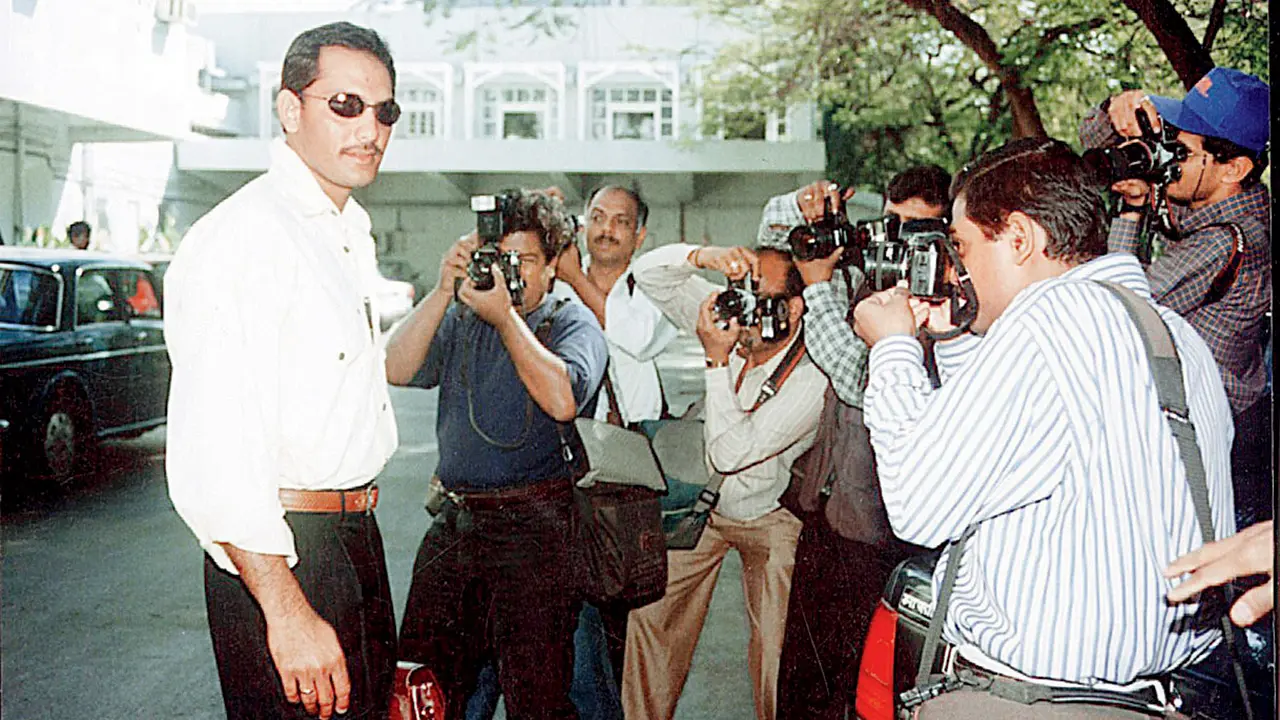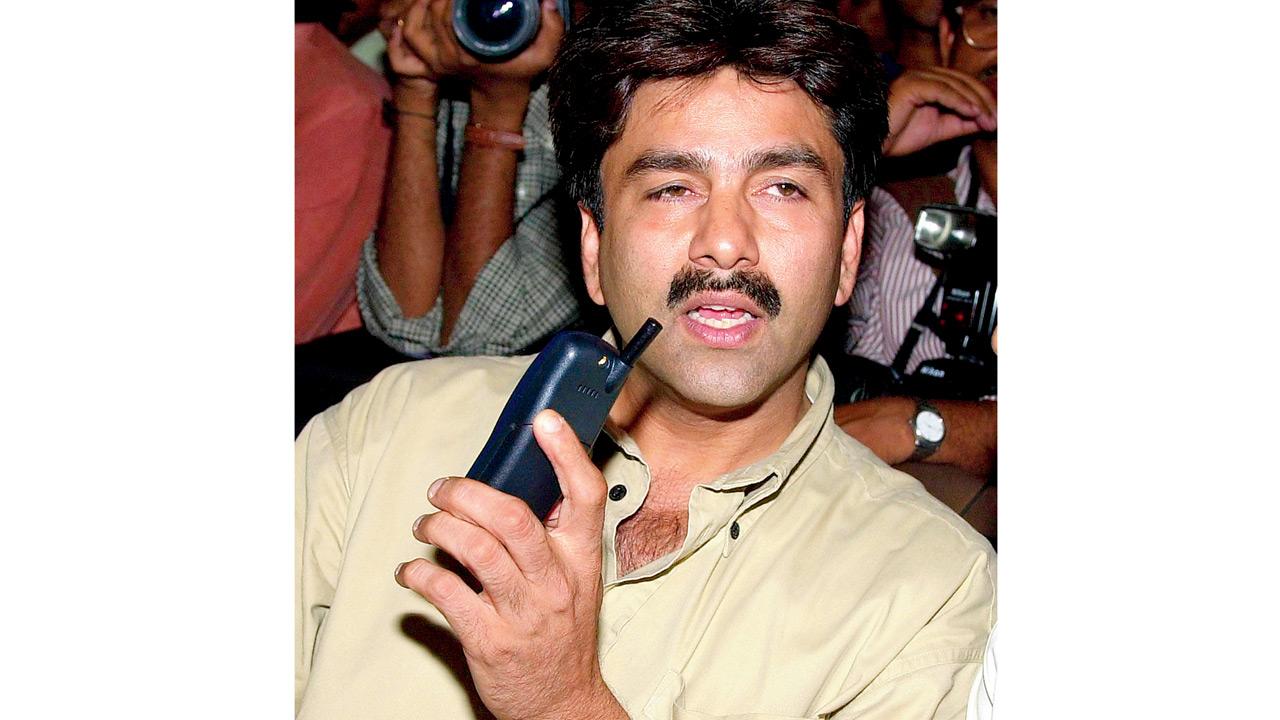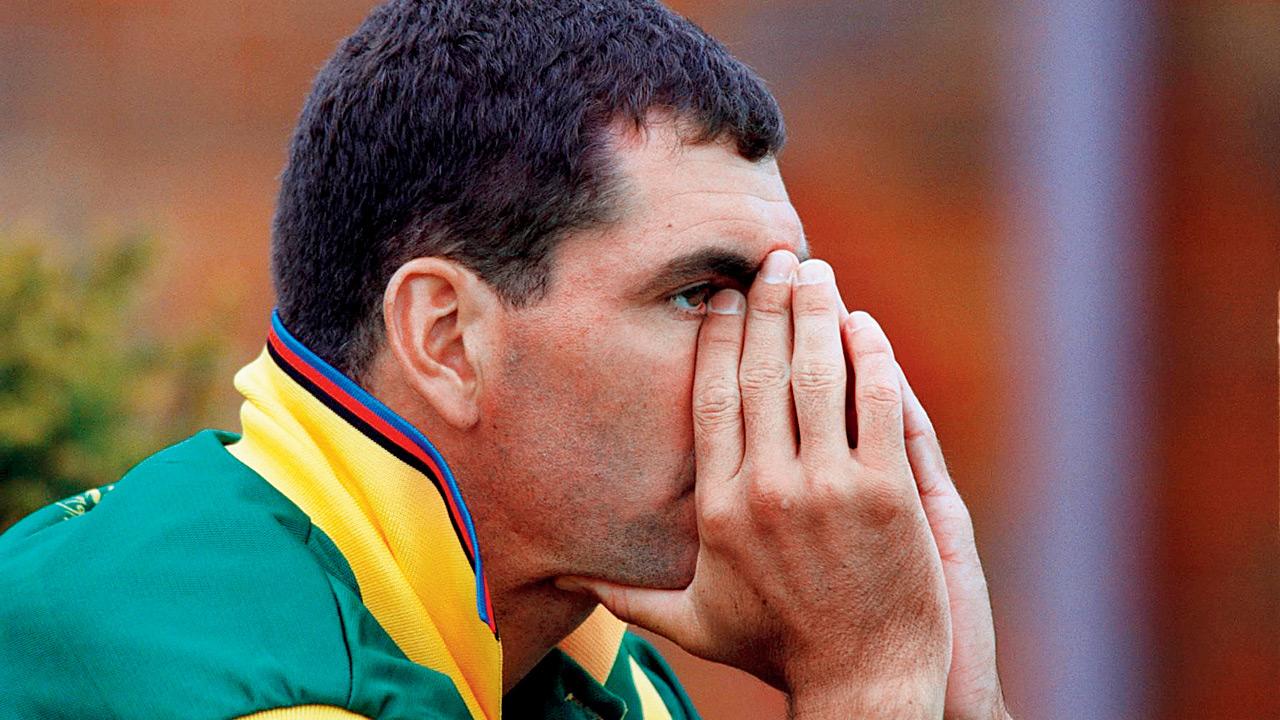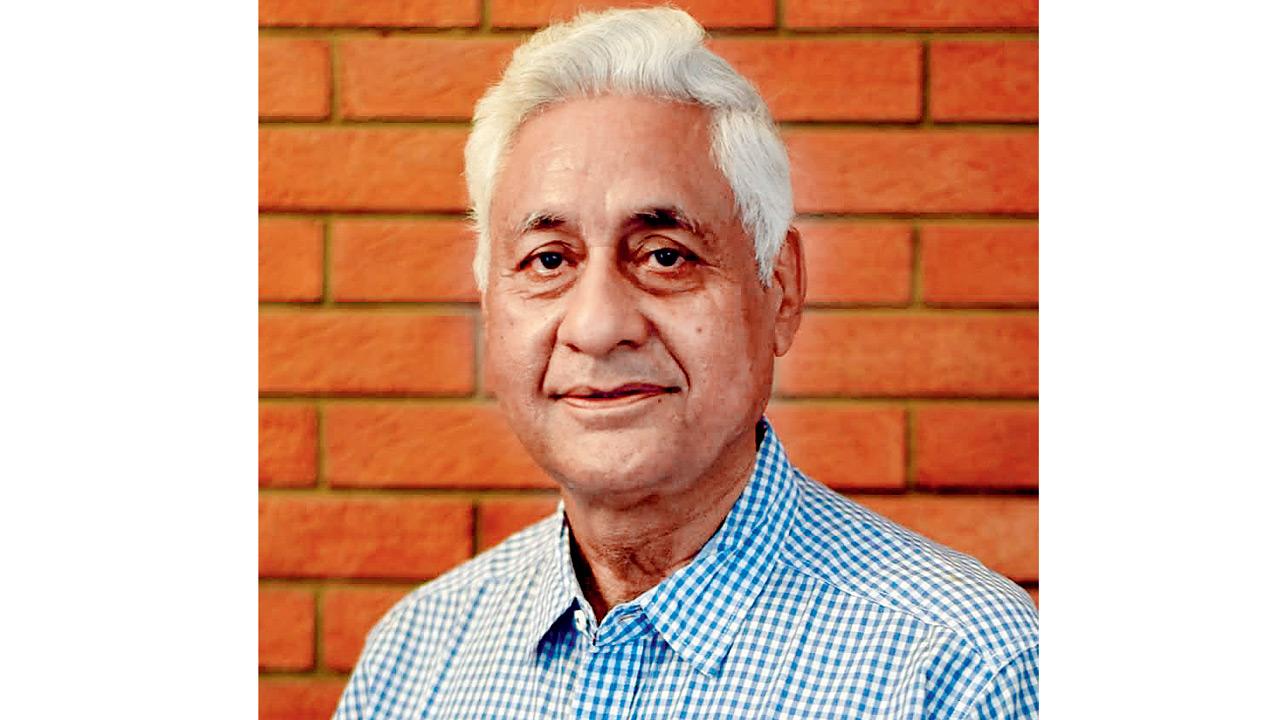It is 25 years since the match-fixing revelations shook Indian cricket. The journalist who was at the epicentre of the maelstrom looks back on those tumultuous days

Then India captain Mohammed Azharuddin, who featured regularly in match-fixing stories, outside the Cricket Club of India in Mumbai after a selection meeting in 1999. Pics/mid-day archives, AFP, Getty Images
Ever since mid-day’s Clayton Murzello, a friend of many years, reminded me that the match-fixing scandal broke exactly 25 years ago and asked me if I could revisit those days for this paper, memories have been flooding my mind. Emotions that disturb the equilibrium of a human being — trauma, fear, anxiety, tension, shock, anger, helplessness, pain — had been enough to rip apart the mental health of a cricket fan.
The horror that was unfolding on TV screens on the evening of April 7, 2000 was unbelievable. One of the most respected figures of world cricket, the South African skipper Hansie Cronje, along with four teammates, was being charged with match-fixing by the Delhi police. The accusation was that in the one-day series played a month earlier in India, the South Africans had “participated in the conspiracy to fix the matches in consideration of money.” The police filed “a case FIR 111 of cheating, fraud and criminal conspiracy at PS Chanakyapuri.”

Former Indian all-rounder Manoj Prabhakar who several believed was a whistle-blower in the 1997 match-fixing scandal that spilled over to 2000. Prabhakar himself ended up getting banned
As someone who had been in the thick of raising the red flag, ever since I had reported for the newspaper The Pioneer my experience with a bookmaker on India’s tour of the West Indies in 1997, I was still shocked beyond belief. We had led ourselves to believe this malaise may have afflicted only the subcontinent, though hard proof was lacking. My report from the West Indies was on how there are bookmakers on the prowl tempting players with bags full of money to “fix” games. That it was Hansie Cronje, who was named as the culprit meant that the spread of this scourge was wider and not colour-specific. It was obvious that the entire cricketing world could have been sucked into this easy but sinister and diabolical game of money-making.

Hansie Cronje, the man who denied, then admitted and repented for his involvement in match-fixing
My report from the West Indies in 1997 was followed a few months later, by a more substantial and damning cover story in the weekly magazine Outlook, where all-rounder Manoj Prabhakar had accused an unnamed player of offering him Rs 25 lakh to fix a game. In the absence of the administrators taking these allegations seriously and ordering a probe, the field was left open for speculation, allegations that sometimes bordered on the realms of fantasy.
Also Read: How mid-day covered the India vs South Africa match-fixing scandal in 2000
What to believe and not to believe was the question, but for those closely connected with the game in India it was obvious that something was seriously wrong. Yet the game went on as if nothing was amiss. Aniruddha Bahal, the architect of the Outlook magazine story, and I were branded as “traitors” to the game by the Indian Board.
Truth, however, sometimes has a strange way of finding its way into the public domain. In 2000 the Delhi police had tapped the phones of certain members of the underworld whom they suspected of being involved in the murder of T-Series super cassette industries owner, businessman Gulshan Kumar. They suddenly discovered these conversations and to their shock found that one of the persons making these fixing deals was Cronje.

Pradeep Magazine has been a journalist since the early 1980s. Apart from being a cricket writer for several tours and multiple World Cups, he excelled in reporting on match-fixing and betting
After initial denials, Cronje admitted to wrongdoing and went on to name Mohammed Azharuddin as the player who had introduced him to a bookmaker in the Kanpur Test of 1997. The floodgates had opened. In India, administrator IS Bindra, at loggerheads with his once close friend Jagmohan Dalmia, revealed to CNN that Prabhakar had been referring to cricketing icon Kapil Dev as the player who had offered him Rs 25 lakh to fix a game in Sri Lanka. The cricketing world was in turmoil and was witness to their heart-throb Kapil Dev, among the greatest to grace the game, sobbing like a child while defending himself in a TV interview.
The Indian board was in denial mode but the public pressure got to the Indian government. A CBI probe was ordered and its revelations were again heart-breaking. Azharuddin was the main culprit alongside his teammate Ajay Sharma and the board banned both of them for life from playing cricket. Shockingly, whistle-blower Prabhakar himself was found guilty and banned from cricket for five years along with Ajay Jadeja. To the relief of the cricketing world, the CBI found no evidence against Kapil and he was exonerated of any wrong doing.
The CBI report had more damning revelations which have never been taken seriously and probed. The report said that match-fixing is not limited to just India, and named many foreign players whom they suspected of foul play. They cited lack of jurisdiction to probe them and requested countries like England, West Indies, New Zealand and Australia — especially their cricket boards — to investigate their own players to nab the suspects.
Two and a half decades later, while revisiting the horrors of 2000, I often wonder — do we know the whole story?
 Subscribe today by clicking the link and stay updated with the latest news!" Click here!
Subscribe today by clicking the link and stay updated with the latest news!" Click here!










